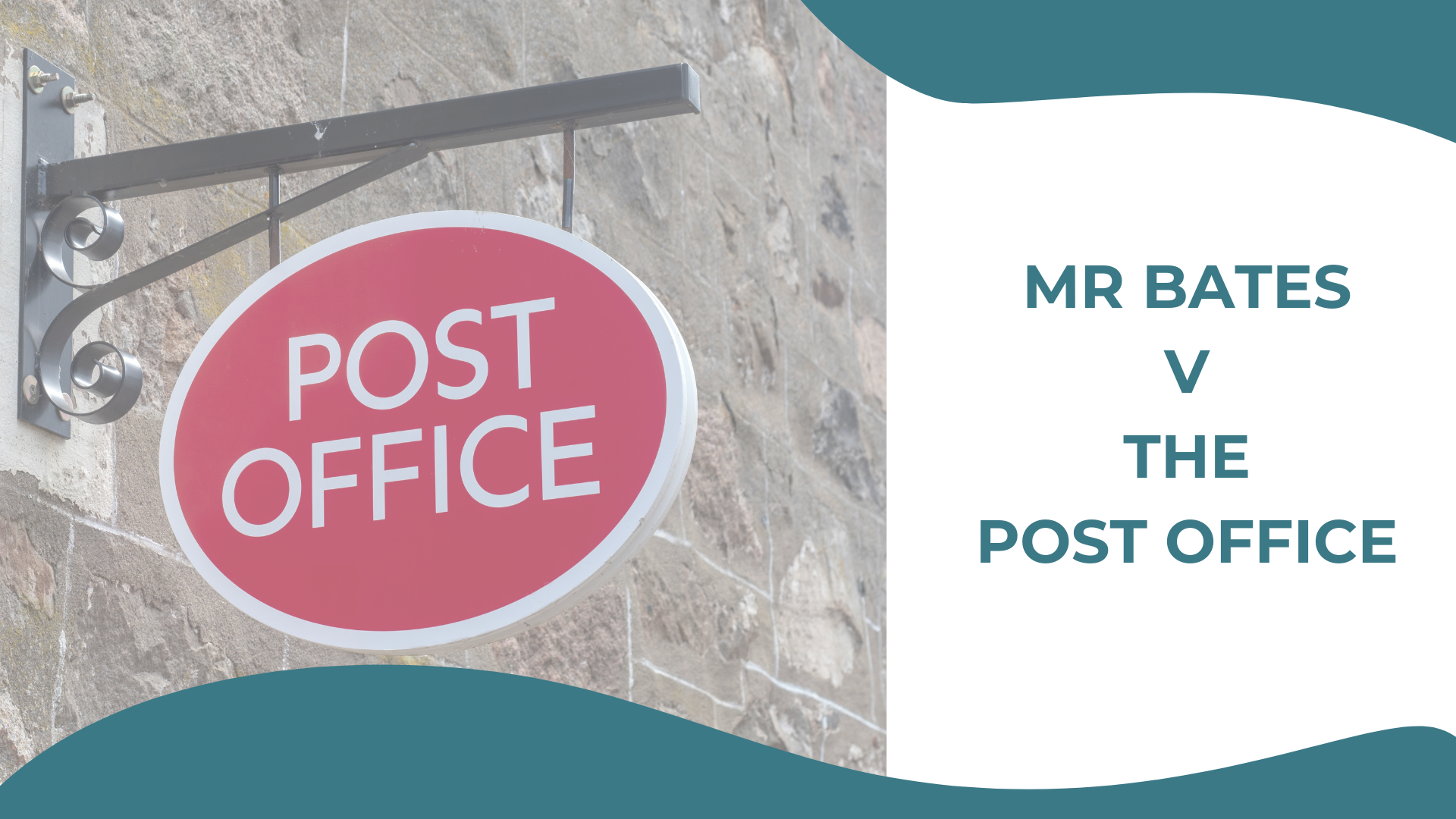At a recent meeting we attended, participants talked about the organisational challenges they were facing. One person pointed to a strategic paralysis and un-focused decision making at Executive level in their organisation. ‘There’s a lack of strategic direction’, they said. ‘It’s as if the Executive are playing a game of whack-a-mole, trying to hit each issue as it pops up. There’s no sense of purpose, prioritisation or process’.
For those who can remember, ‘whack-a-mole’ is a game from the ’70s where a mole’s head randomly pops out of a series of holes. The aim is to hit the mole before the head disappears and another pops up somewhere else. What this person was observing was a series of knee-jerk responses to the issue of the day. These responses led to much organisational energy being expended on resolving this issue before the next one popped up.
Others in the room resonated with this observation and said that they observed similar behaviour in their organisation. Later we talked with the person to ask what was driving whack-a-mole decision making. In a nutshell, they said it was the unprecedented levels of flux and uncertainty being experienced by leaders in that organisation. The Executive team were being blown about by events.
This situation may not be a representative view of every organisation, but it raises an important question about how to lead and flex in a world of flux. It also casts a light on a tension many leaders face. How do you set sufficient strategic direction to give enough focus and certainty to take forward and deliver work to reshape the business, whilst being attentive to emergent issues and changes in the external environment that may require different strategic responses?
Recognising and appreciating this tension is step 1 for leaders seeking to shift away from ‘whack-a-mole’ decision making. But, what other things can leaders do to avoid being caught in the game of ‘whack-a-mole’ decision making? Here are 3 more things to think about that might help stop the game:
- Be clear about how the decision-making team adds value. It’s important for any team to know what they are there to do together (shared purpose) and, most importantly, what’s uniquely theirs (how they add value). Knowing how value is added to an organisation helps a team to focus on those areas and not get distracted into addressing topics that others are best placed to deal with. If sense-making, dealing with the emergence and deciding on strategic priorities are some of the ways a team adds value, the team needs to decide how it will make time to address these matters. This is something we prioritise with teams we are working with. What we notice are two things. First, the areas they identify as to how they add value aren’t the ones they focus on when they meet. Second, the current meeting frequency and format doesn’t lend itself to discussing how the team adds value. Which brings me onto point 2.
- Be intentional about the types of meetings you need to add value. There is a large body of research out there that suggests that most of us are frustrated by the effectiveness on the many business meetings we attend. Part of the ‘whack-a-mole’ conundrum is that our meetings aren’t thought through sufficiently to ensure we spend time on those things that will deliver the most value. If you expect to address difficult and complex issues in your regular meetings you will probably fail. If you are trying to deal with high levels of uncertainty and emergence, your meeting structures need to reflect this. Too many decision-making teams are caught in a trap of meeting structures and agendas that fail to deliver value, and this leads them to ‘whac-a-mole’ decision making.
- Take time out. In dynamic working environments, it’s essential for decision-making teams to take regular time out together. It’s not a luxury, but a necessity. This investment enables people to actually talk to one another and share viewpoints and perspectives. It’s essential if a team needs to make sense of changing circumstances and set, or reset direction. An Executive team we work with has not only established a habit of taking time out together but includes all the MDs of their operating companies. These are; step back, look out, look in workshops. They are facilitated and they always start with a session on making sense of what’s happening ‘out there’. This helps the leadership to decide what they need to pay attention to, what more work needs to be done to understand an issue
Things to think about:
- Are you or others in your organisation engaged in ‘whack-a-mole’ decision making?
- What resonates most with you in this article?
- What could you do to help break the ‘whack-a-mole’ habit?
Liked this blog? Find more insights from us, or get in touch with us, we’d love to hear from you.




